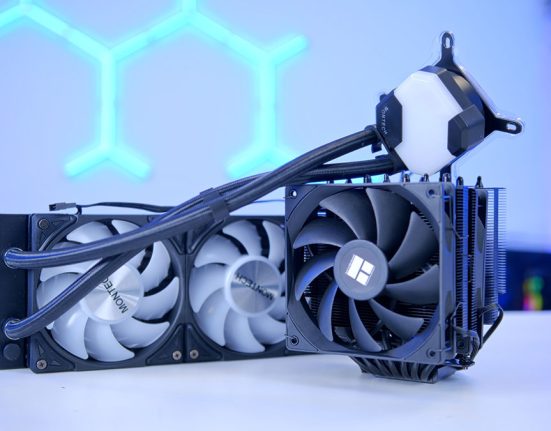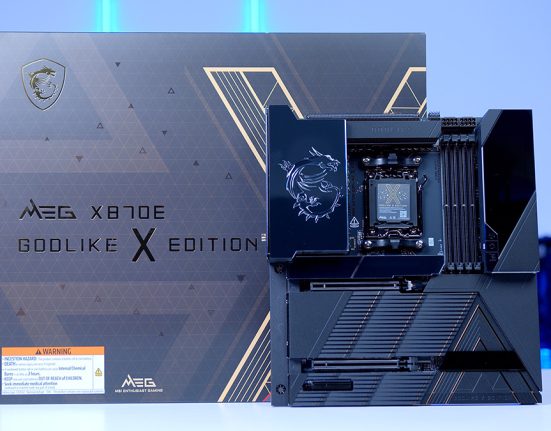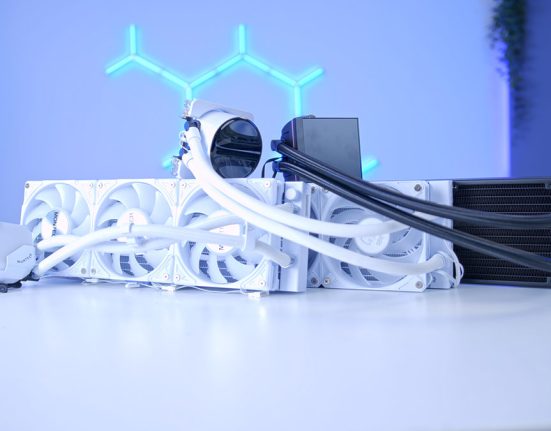Are you looking for a gaming monitor, and the MSI MAG 321CUP QD-OLED Monitor has piqued your interest? We’ve spent some time using this monitor and putting it to the test to see if it truly delivers the quality it promises. This article is here to help you decide whether it deserves a place in your high-performance gaming setup.
Buy the MSI MAG 321CUP QD-OLED on:
Specification
The MSI MAG 321CUP QD-OLED Monitor is a curved 4K gaming monitor with a resolution of 3840 x 2160, offering Ultra-High-Definition quality. Its curvature measurement is a moderate 1700R, providing a balance between immersion and reduced distortion compared to other more aggressive curves that 32-inch 16:9 displays can have. With its next-gen Quantum Dot OLED panel, it provides a wide colour range of up to 1.07 billion colours whilst maintaining an aspect ratio of 16:9, ensuring that your games and applications can scale appropriately despite it being a widescreen monitor at 31.5″. The MAG 321CUP QD-OLED’s peak brightness is comparable to that of many modern OLED monitors, at 1000 nits, making it suitable for both dark and bright rooms. It provides better colour ranges and contrasts with a contrast ratio of 3000:1.
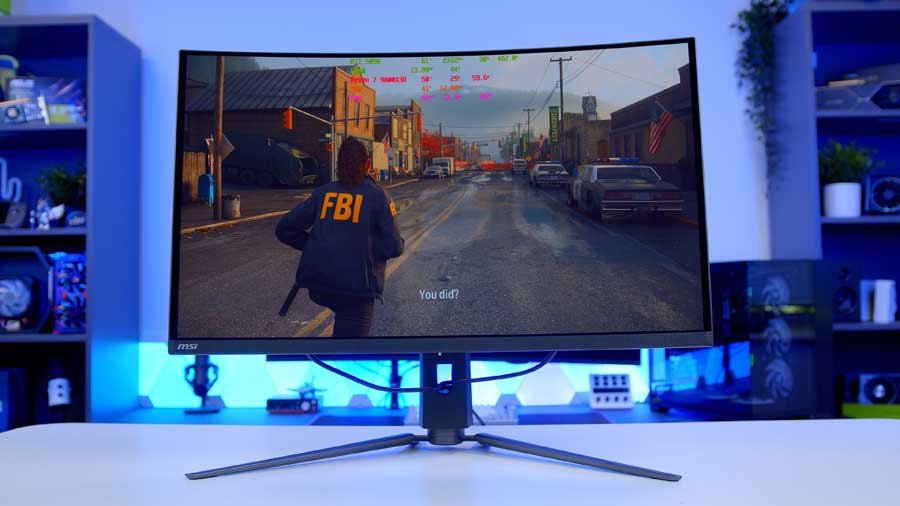
With a maximum refresh rate of up to 165Hz, supported by all DisplayPort modes, and a 0.03ms response time – extremely fast and near-instantaneous, often found in high-end OLED monitors like this – it is prepared to support you in even the most competitive battlefield scenarios.
MSI hasn’t been too inclusive with the IO ports they are offering on this monitor. You get the standard HDMI, DP, and USB Type-C, which provide high bandwidth. However, there are no typical Type-A USB ports that you would expect to see on most monitors. For audio playback, a single headphone-out port has been included.
| Key Specs | MSI MAG 321CUP QD-OLED |
|---|---|
| Screen Size | 31.5″ |
| Max Resolution | 3840 x 2160 (UHD) |
| Screen Curvature | Curve 1700R |
| Refresh Rate | 165Hz |
| Response Time | 0.03ms GTG |
| Colour Gamut | 99% DCI-P3 98% Adobe RGB 138% sRGB |
| Peak Brightness | 1000 nits |
| Contrast Ratio | 3000:1 |
| Panel Type | QD-OLED |
| Display Inputs | 2 x HDMI™ 2.1 (Up to 165Hz) 1 x DisplayPort 1.4a (Up to 165Hz) 1 x Type-C (Up to 165Hz) |
| Additional IO | 1 x Headphone-out |
| VRR Technology | G-Sync Compatible |
For built-in software, MSI has developed a more advanced version of OLED Care (2.0) to provide several protection services and significantly reduce the chances of your OLED screen ageing and its pixels burning in. This version will conduct a mandatory pixel refresh after 24 hours, accompanied by 4-hourly reminders. The screen can also automatically detect problematic graphics that may cause burn-in over time, for example, the Windows taskbar, and adjust the luminance so that it isn’t working this region of pixels as intensely.
To combat visual distortions caused by latency, this monitor is compatible with G-SYNC support, ensuring smoother, tear-free gaming by synchronising the monitor’s refresh rate with the GPU. It reduces screen tearing, stuttering, and input lag for a more fluid experience, especially in fast-paced games. Additionally, it fully supports future component upgrades, allowing gamers to maximise the performance of new cutting-edge GPUs. This ensures seamless compatibility and optimal visual quality, letting users take full advantage of new features like ray tracing and variable refresh rates.
MSI MAG 321CUP QD-OLED Design
This monitor belongs to the MAG series, which is a series engineered to give gamers the edge they need when playing games where attention and detail matter.The MAG 321CUP QD-OLED boasts a sleek frameless design, highlighted by thin, rounded edges that give it a premium and modern look. Its slim width complements the minimalist aesthetic, enhancing the monitor’s overall visual appeal. The actual screen is made of a plastic-based polarising film, engineered to reduce reflections with an added anti-reflective coating, ideal for providing picture clarity optimised for gaming.
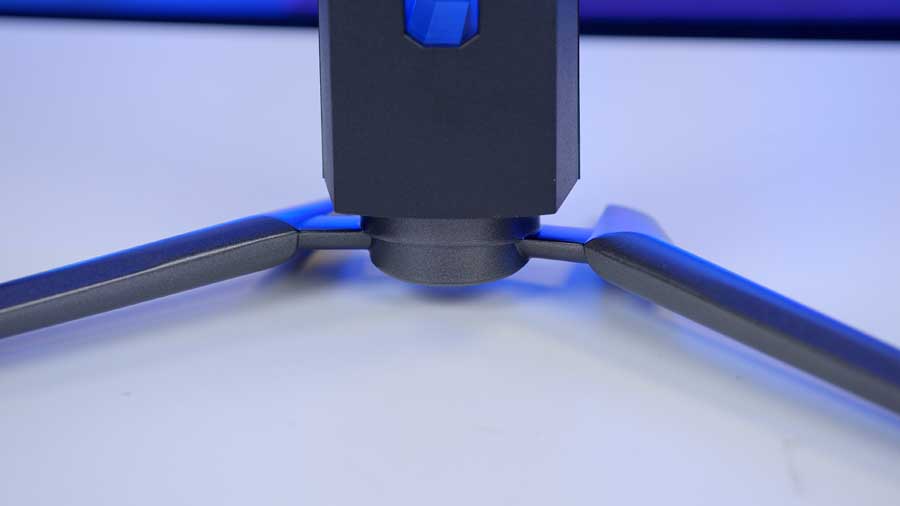
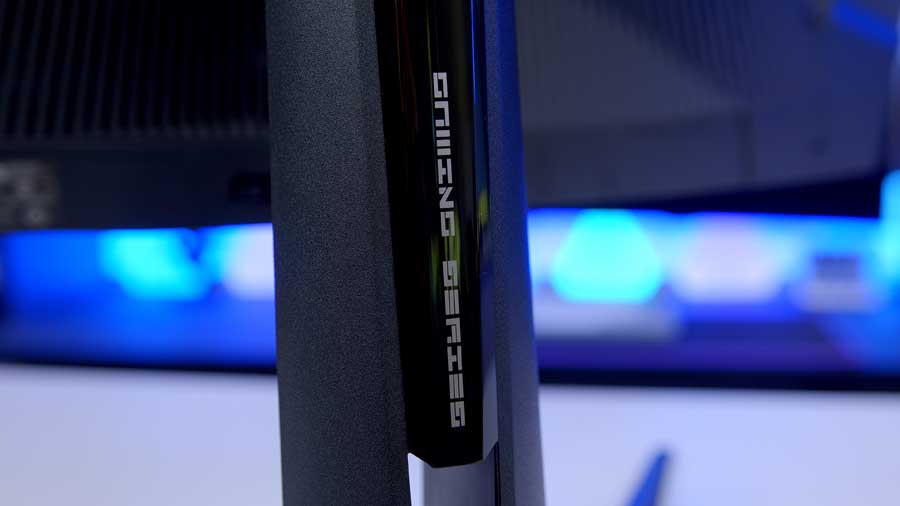
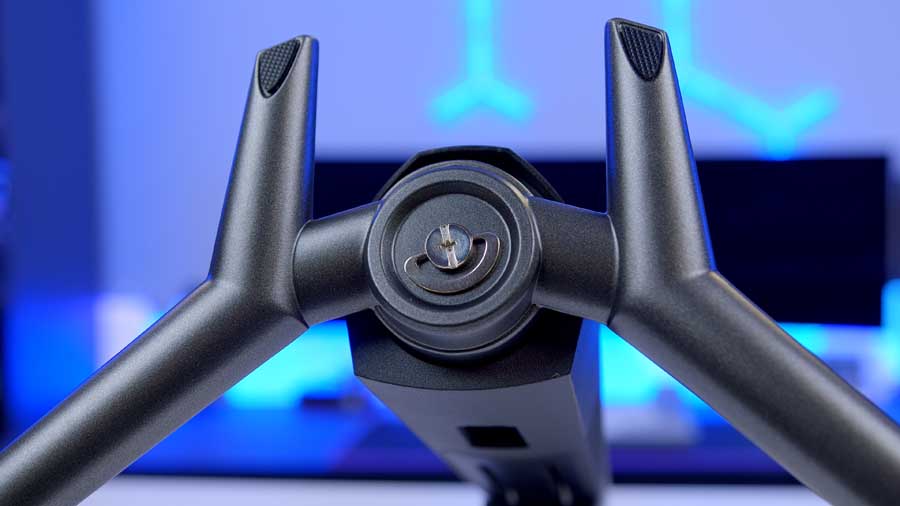
The stand features a V-shaped, tripod-style base made of structurally sound metal, providing good support for the monitor. The ergonomic stand is adjustable with a tilt adjustment range of -5° forward to +15° backwards, a wide swivel adjustment range of -30° forward to +30° backwards, and a height adjustment range of 0mm to 100mm. There is also a forgiving viewing angle of 178°/178 °, which feels easy on the eyes, but is still noticeable. However, if a monitor arm is your preferred method of mounting screens, then be sure to research monitor arms that can support a weight of 8.0 kg (17.6 lbs), as this monitor can use 100mm x 100mm VESA mounting.
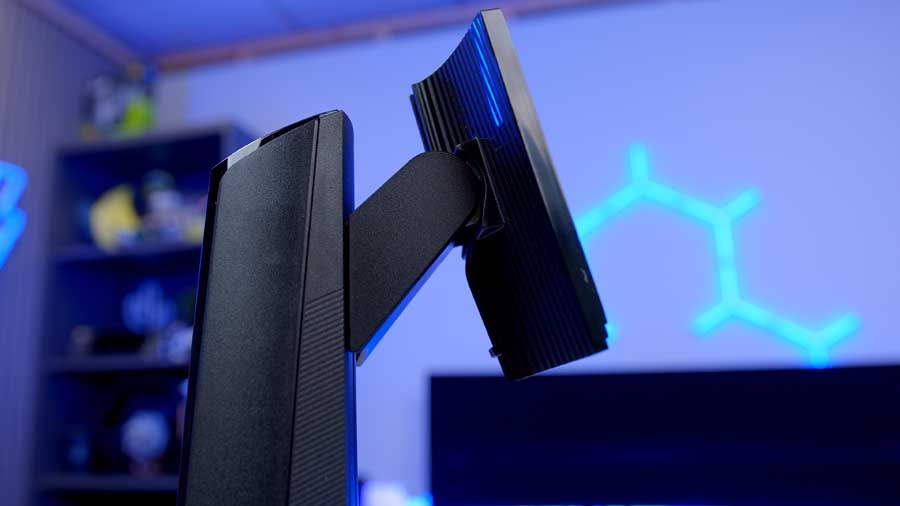
Behind the protective casing, MSI has engineered an advanced thermal management solution comprising a graphene film paired with a customised heatsink. The graphene layer, known for its exceptional thermal conductivity, efficiently spreads heat across a wider surface area. At the same time, the specially engineered heatsink rapidly dissipates that heat away from critical internal components. This dual-layer approach ensures optimal temperature regulation, significantly reducing thermal stress and preventing the monitor from overheating during extended or intensive usage. As a result, you can enjoy consistent performance, enhanced longevity, and silent operation even under demanding conditions.
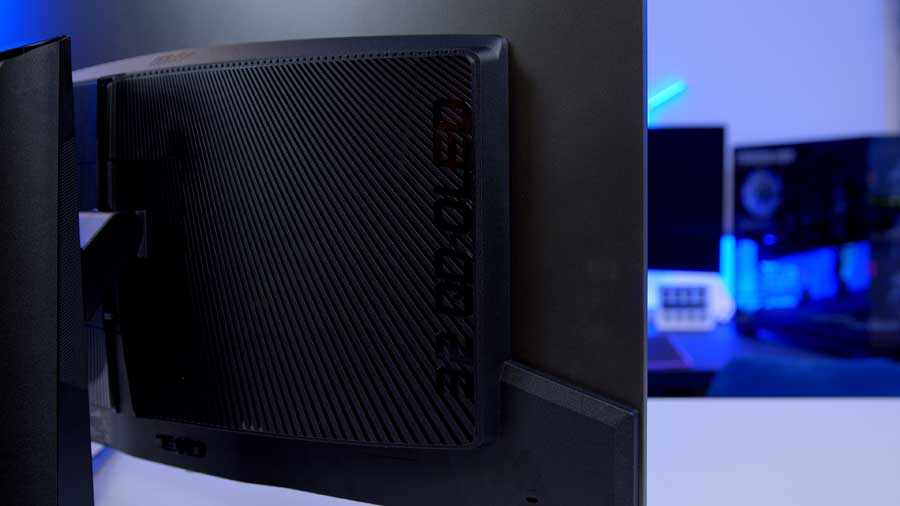
The MAG 321CUP QD-OLED has been crafted with a user-centric approach, with a new location for the 5-way Joystick Navigator. It now sits at the bottom centre of the back of the screen, opposed to the previously rear-right-sided location. This position may sometimes be less intuitive or harder to reach, providing you with a more comfortable and ergonomic experience.
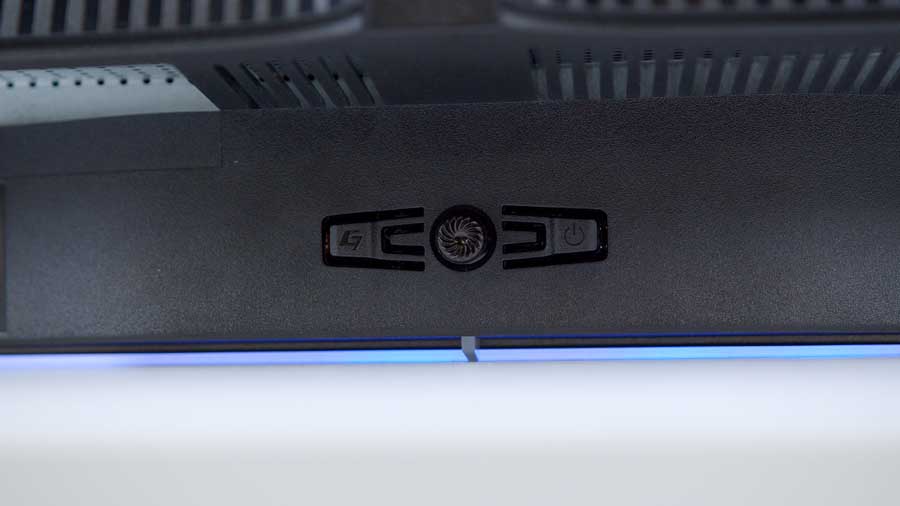
Features We Like
Responsive AI Crosshair
In comparison to other monitors with AI colour-changing crosshairs, this one is super responsive. For example, I tested the ASUS TUF Gaming VG34WQML5A monitor recently and the ‘Dynamic AI Crosshair’ struggles to compare to that of the MAG 321CUP. Better yet, the MAG 321CUP is the stronger performer in this category and does so without the need for any additional software. This MSI monitor utilises some impressive AI technology to adapt the colour of the crosshair in a short time.
There is also an Optix Scope feature, which presents a zoomed-in square segment of your screen, helping you aim more accurately and spot enemies that are further away. However, when put into practice, it is functional but not particularly impressive. If you want to use the feature situationally, it would make more sense if there were a single button you could press to toggle it on and off again. You can enable this action by installing the MSI Gaming Intelligence application, which allows you to set up a keybind for this feature. Outside of this, you will be limited to using the joystick to navigate a menu, toggle it on and off, potentially taking critical time away from you, and almost being a hindrance and a distraction rather than an actual aid, which is designed to be.
Charging via USB Type-C
USB Type-C is a versatile and multifunctional port that supports power, data, and video streams. This is the most popular port on today’s devices. This monitor features a USB Type-C port that supports both visual display and device charging, a notable bonus.
Anti-Reflection Coating – Gaming
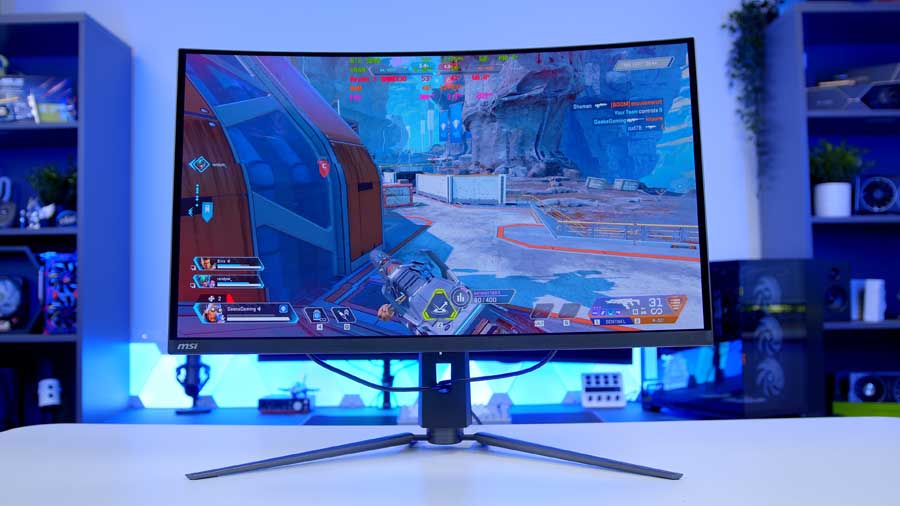
The anti-reflective coating is best suited for gaming, as it enhances picture quality and improves colour accuracy by maintaining deeper blacks and richer colours compared to screens with matte coatings. With this coating, you will experience less eyestrain overall, as glare is reduced, providing eye comfort and reducing fatigue during extended gaming sessions.
Graphene Film and Heatsink
This dissipates heat efficiently, preventing stress and overheating of the monitor. I think this was a necessary implementation, as after a couple of hours of general use, the screen does become warm, and you can feel the heat radiating from it from about 6 inches away.
Features We Don’t Like
Anti-Reflection Coating – Office
The monitor’s anti-reflection coating is designed primarily with gaming in mind, where reducing glare and preserving picture clarity is crucial. However, it’s not ideally suited for multipurpose or office use and falls short of being a display that I would recommend for versatile use. In brightly lit office environments, the screen can still exhibit some minimal, blurred reflections, which may cause distractions during prolonged use. While harsh light reflections are softened compared to non-coated screens, the monitor is not the best choice for spaces with intense ambient lighting.
Lack of USB Type-A IO ports
Whilst I can appreciate the USB Type-C port that the monitor has for its multifunctionality, this monitor offers no USB Type-A ports. The absence of this specific port is unwelcome, as many peripherals still rely on these ports being available. If your PC also has limited USB Type-A ports, you may find yourself needing adapters or a USB hub to connect essential devices.
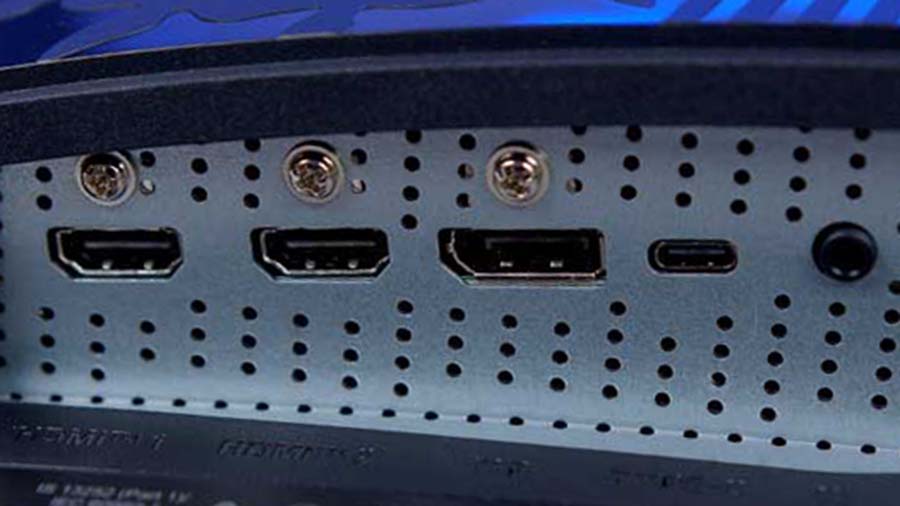
Screen Cleanliness Upkeep
The monitor’s screen is not resistant to dirt build-up and grubby fingerprints; in fact, it almost amplifies them. If you accidentally touch the screen, be prepared to need a monitor-specific cleaner, as a simple microfibre cloth spreads the greasy marks and smears. Not only is this a little frustrating, but the material used on the screen is sensitive and susceptible to minor scratches. If the wrong cleaner is used, you are likely to damage the anti-reflective coating.


Heat Radiates
I noticed that after using the monitor for everyday office use, the screen does get quite warm. I must stress that this wasn’t under particularly intensive workloads either, I wasn’t working with incredibly vibrant colours or particularly demanding visuals. It’s a good thing that MSI designed the integrated heatsink, as we could only imagine how hot the monitor might be without it.
Frameless Design
Theoretically, this feature makes sense, potentially maximising screen real estate by providing an immersive viewing experience that’s ideal for both gaming and content consumption. A near-borderless design is especially beneficial for multi-monitor setups, allowing for seamless alignment and minimal visual disruption between screens. However, between the metal frame border and the part of the screen that displays content is a black bezel, almost negating the purpose of the frameless design, as this would only really be attractive if the screen had an edge-to-edge display; at least the edges don’t look and feel sharp or aggressive.
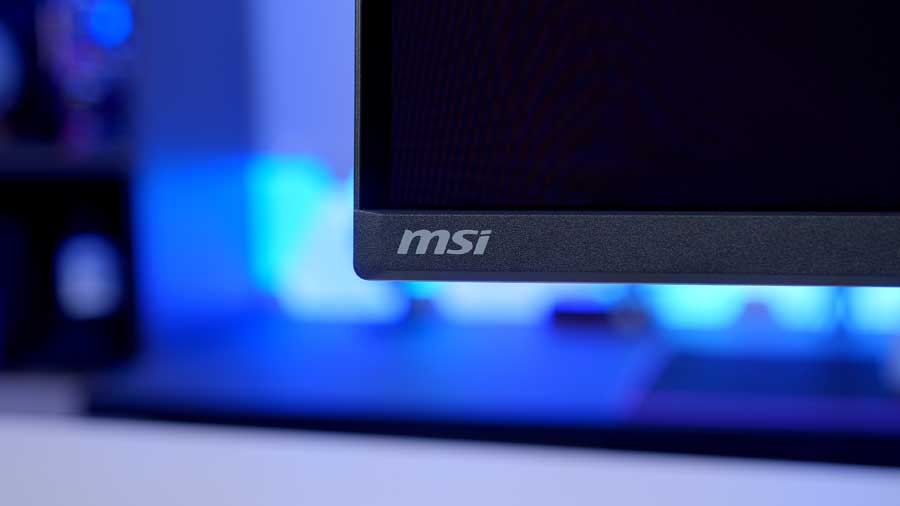
Colour Accuracy & Image Quality
Alongside a traditional eye test, we used the Datacolor SpyderX Pro calibrator to measure this display’s coverage of multiple colour gamuts precisely. This approach gives us a deeper insight into the MSI MAG 321CUP QD-OLED monitor’s image quality and offers a solid benchmark against other gaming monitors on the market. Below are the recorded percentages, illustrating the monitor’s visual fidelity across various tasks.
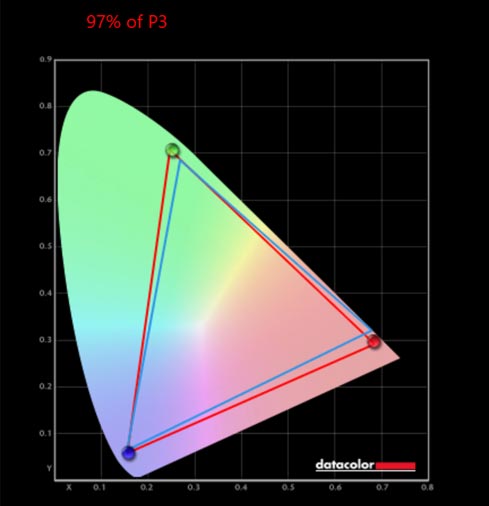
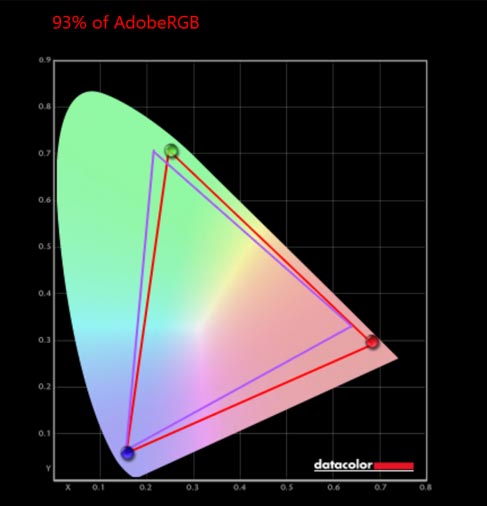
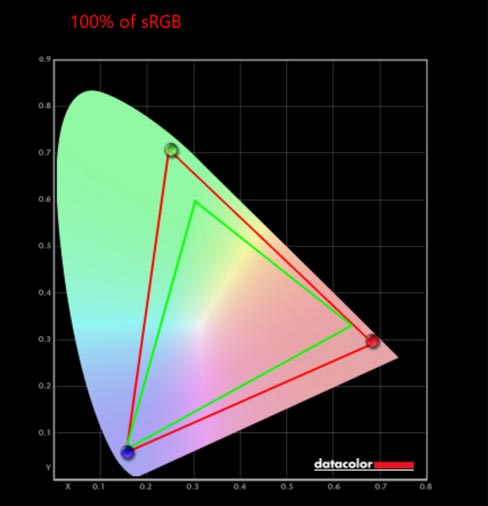
When we tested the DCI-P3 colour accuracy, we found that our test results yielded a slightly different result than advertised, with MSI boasting an impressive 99% DCI-P3. In comparison, we recorded an equally impressive 97%; the difference is minimal, and there’s definitely room for error. Still, it gives you an idea of what to expect in a fair, typical gaming environment rather than in-house testing. Although our result is 2% lower, the actual difference in application is likely to be pretty negligible.
It is fair that the 93% Adobe RGB result isn’t the highest percentage, as this monitor isn’t specifically designed for creative use. However, we want to highlight that this percentage doesn’t match the 98% Adobe RGB that MSI advertises it should be capable of.
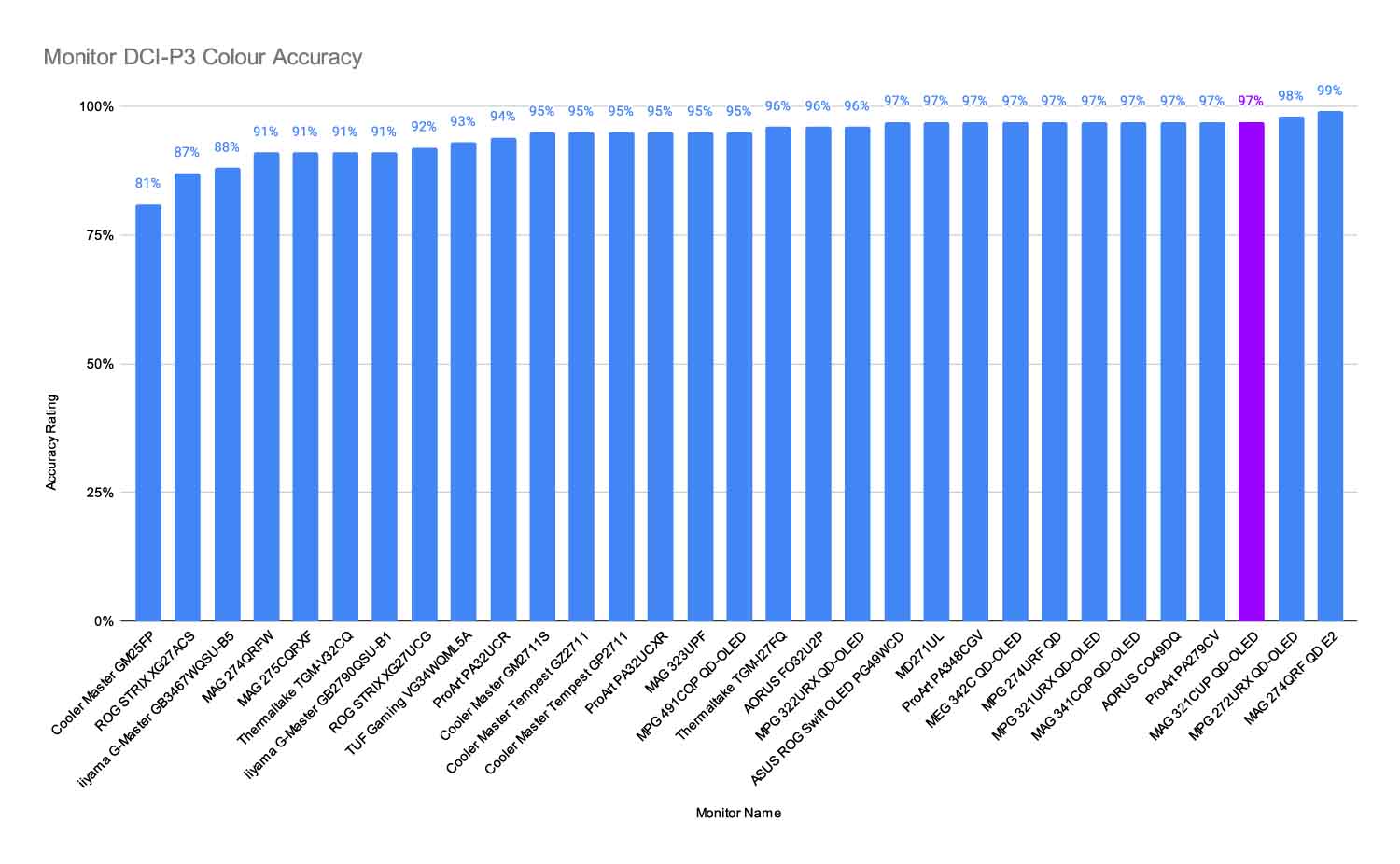
At GeekaWhat, we conduct in-house testing and present results in a bar chart to compare competing brands and models. As of September 2025, MSI’s MAG 321CUP QD-OLED Monitor ranks among the top three in our current monitor testing, performing just below two of MSI’s other QD-OLED monitors – the MSI MPG 272URX QD-OLED and MSI MAG 274QRF QD E2. Notably, this rating aligns closely with several other high-performing models, reflecting substantial competitive parity in DCI-P3 colour accuracy.
Conclusion
MSI MAG 321CUP QD-OLED Monitor

Product Name: MAG 321CUP QD-OLED
Product Description: A curved 32" 4K gaming monitor.
Brand: MSI
-
Features
-
Design
-
Performance
-
Value For Money
Summary
The quality I experienced with this monitor was phenomenal. I was wowed by the colour range that it offered, and I can say that I could genuinely see the difference in the colour spectrum it can output. The monitor really was vibrant, responsive and enjoyable to use, even outside of typical gaming use. This monitor is suitable for E-Sports-level gaming, with its primary drawback being the 165Hz refresh rate, which limits it to lower-level competitive gaming, as professionals opt for even higher refresh rates. 165Hz is a highly fluid and low-latency framerate, nevertheless.
I think that the MSI MAG 321CUP QD-OLED monitor offers some compelling features, but its value for money depends heavily on what you’re prioritising, of course. MSI is a reputable brand that consumers know and trust, and if you are in the market for a 32″ curved 4K gaming monitor with rich colours and a decent refresh rate, the MAG 321CUP is a solid choice. It’s worth noting that competing models may offer better motion clarity, ergonomics, or feature sets. Still, this model is excellent value in comparison to monitors with similar features that cost up to $350 more.
Pros
✅ Wide colour range
✅ Refined and modern design
✅ Great performance
Cons
❌ Heavy
❌ Potentially fragile
❌ Not for multipurpose use


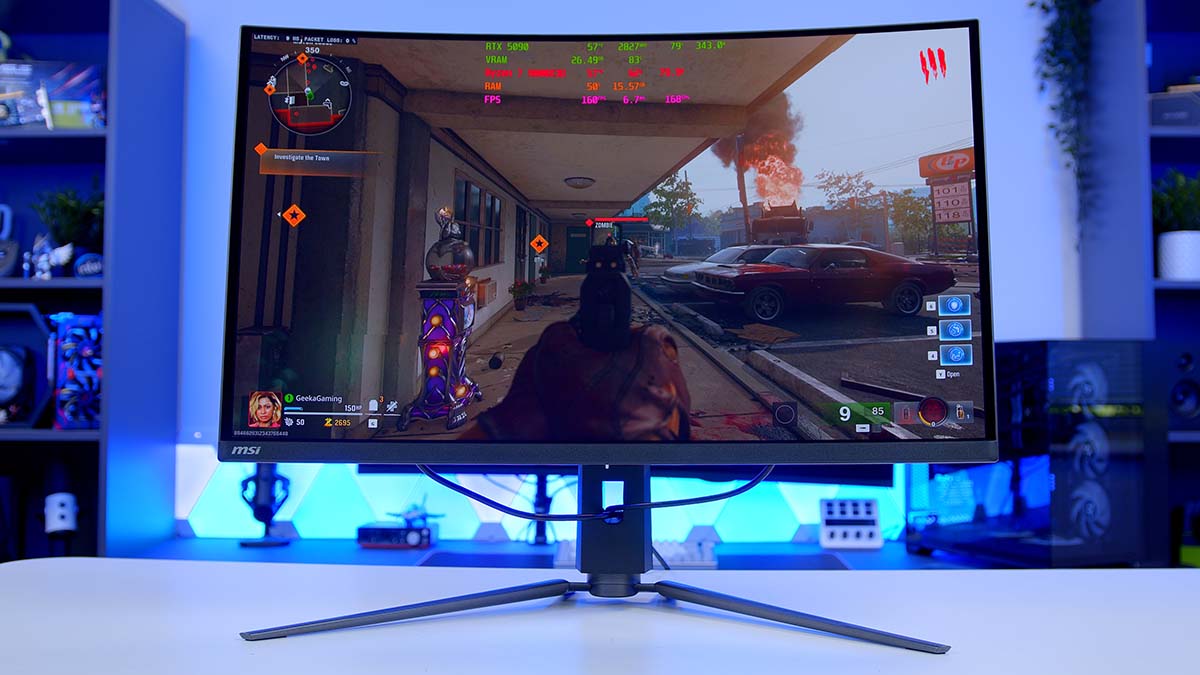
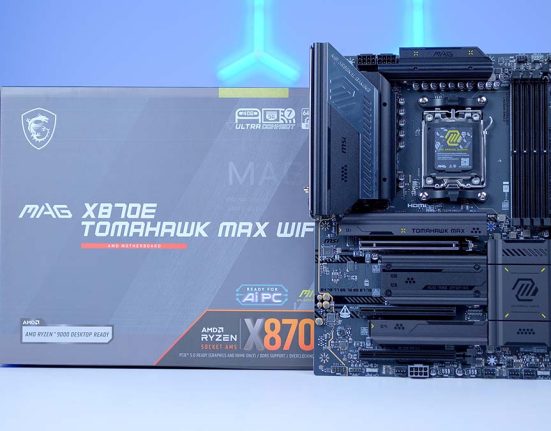
![FI_[DP056] Antec flux M + 9060XT](https://geekawhat.com/wp-content/uploads/2025/12/FI_DP056-Antec-flux-M-9060XT-551x431.jpg)
